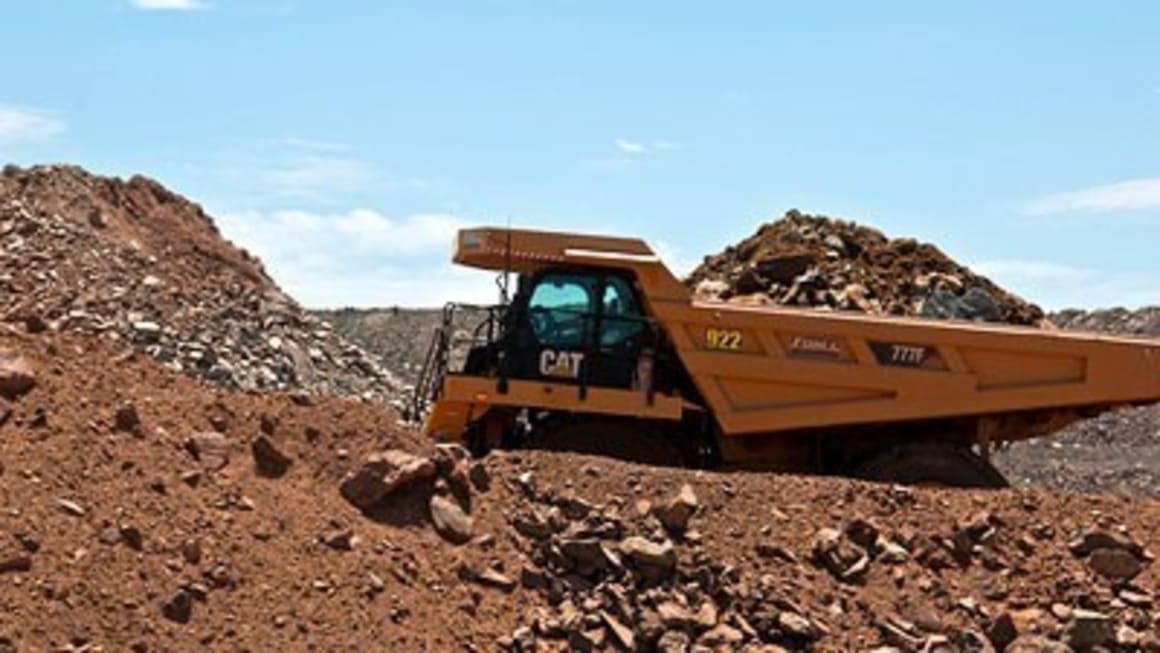Resources boom making mining towns richest in Australia

The mining boom is making many of us rich – especially those of us living out west. Five of the country's top 10 richest towns are located in Western Australia, according to the latest census data, with Dampier taking the top spot, with 22% of its residents earning more than $4,000 per week.
But we're not just becoming richer, we're living large, too. Between 2006 and 2011, the size of the average household has increased from 2.61 to 2.63 – the first increase in 100 years of census data.
As CommSec economist Craig James says, prior to the mining boom wealth was concentrated mostly in northern Sydney, along with the inner suburbs of Melbourne. But now, Western Australia has taken over.
"The mining boom has significantly influenced the latest census results. Not only do mining and energy regions dominate the lists of highest personal income and highest household income, but they are also regions of significant gender imbalance with males dominating industry employment," James says.
"Overall, the top 13 regions for highest median personal income are in Western Australia," he says.
The data shows the towns with the highest median income are covered by the postcode 6710, with median incomes higher than $2,000 a week. Other mining-rich areas, including Newman, Bullfinch, Tom Price and Hamersley, all followed, with median incomes ranging from $1,915 to $1,824.
Other regions with the highest median personal income rates include Alyangula in Northern Territory at $1,552, May Downs in Queensland at $1,512, and Roxby Downs in South Australia, at $1,466.
In New South Wales, the postcode with the highest median weekly income was 2061, encompassing Kirribilli and Milsons Point, with earnings of $1,311. In Victoria, East Melbourne with its 3002 postcode recorded $1,164.
When incomes are ranked by calculating the percentage of households whose incomes are greater than $4,000 per week, Western Australia still comes out on top, with Dampier, 6713, at the top of the list with 22.3%.
Karratha, 6714, follows with 18.9%, while Port Hedland, 6721, rounded out the top three with 17.6%. Perth suburb City Beach, 6015, came in 7th with 16.1%.
The Ponds in New South Wales (2769) topped the list of areas with the highest percentage of mortgages at 81.6%, followed by Lyndhurst, Victoria (3975), at 75.1%, along with Doreen, 3754, at 71.3%.
Angle Vale, South Australia, (5117), ranked with 69.3%, followed by Banksia Grove, Western Australia, (6031), at 58.9%.
"There are 184 towns in Australia where more than 50 % of properties are rented and actually 33 towns having a rental rate of more than 90%," James pointed out.
"By contrast there are 84 towns where the rental rate is less than 10 %. Park Orchards (3114, Victoria) with 1,075 residents in eastern Melbourne has a rental rate of just 3.5%."
Another hint of Australia's wealth can be found in the statistics for unoccupied private dwellings – of which there are 934,000.
"While the definitive break-down is not yet available on the reasons why so many homes are vacant, the primary reason is more than likely that they are used for holiday homes or holiday rentals or are properties available for rent," James said.
These homes are also growing much larger. For the first time in 100 years, the average household size has increased from 2.61 to 2.63 people per household.
"As has traditionally been the case, remote towns with large indigenous populations in Western Australia, Northern Territory and Queensland dominate the rankings of household size. Burketown, Bathurst Island, Telfer, Binjari, Forrest (WA), Alice Springs and King Ash Bay are towns possessing highest household size."
"In capital cities, interestingly, suburbs in western Sydney such as Cecil Hills, Bonnyrigg, Bossley Park and Hoxton Park have the highest household size with around 3.4-3.6 persons per household compared with the national average of 2.63 persons."
The stats also show a significant gender gap, with the highest concentration of males in military sites, prisons and male-dominated industries such as mining, while the highest concentrations of women are near universities.
Kalgoorlie mining image by Graeme Churchard courtesy of Flickr.